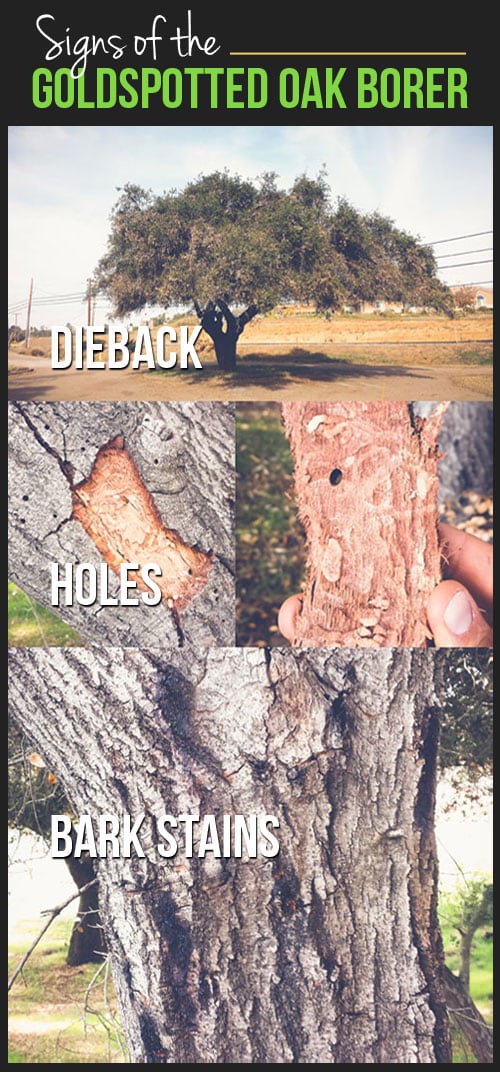Post-Tree Removal Treatment Plays A Considerable Duty In Landscape Remediation; Explore Important Actions To Enhance Your Environments And Alleviate Future Concerns
Post-Tree Removal Treatment Plays A Considerable Duty In Landscape Remediation; Explore Important Actions To Enhance Your Environments And Alleviate Future Concerns
Blog Article
Material Written By-McMillan Massey
After a tree's removal, your landscape may look fairly different, and it's vital to evaluate the after-effects thoroughly. You'll intend to examine the dirt disruption and examine surrounding plants for any kind of indications of stress and anxiety. Neglecting these elements can bring about larger troubles down the line. So, what should you finish with those stumps and origins? And just how do you pick the very best plants for your revitalized space? Let's discover these vital steps.
Assessing the Consequences: Assessing Your Landscape
After a tree removal, it's essential to examine your landscape to understand the impact it has on your yard.
Start by examining the area where the tree stood. Search for indicators of soil disturbance, and check the surrounding plants for any kind of stress or damage.
You need to likewise bear in mind of exactly how the elimination has actually altered sunlight exposure and air flow in your garden. This change can affect the growth of close-by plants, so it's essential to examine their health.
Think about the visual facets as well; the removal might produce an open space that you can redesign.
Ultimately, consider any potential disintegration problems that could arise from the tree's lack. Resolving these elements early will assist restore equilibrium to your landscape.
Managing Stumps and Origins: Options for Removal
Once you've assessed the consequences of the tree elimination, you'll likely require to take on the stump and origins left.
You have a couple of alternatives for elimination. One effective method is stump grinding, where a professional uses a maker to grind the stump to below ground level. discover this info here leaves very little disruption to your landscape.
If you choose a DIY method, you can use a combination of digging and chemical stump removers. Just keep in mind, this process can take time and effort.
Alternatively, consider leaving the stump as an all-natural attribute, which can function as an unique garden element or environment for wild animals.
Whatever you select, resolving the stump and origins is important for recovering your landscape.
Picking the Right Plant Kingdoms for Your New Area
As you analyze your recently removed area, picking the right plants can considerably improve your landscape's appeal and functionality.
Beginning by thinking about the sunlight and soil conditions. For warm areas, go with drought-resistant plants like lavender or succulents. In shaded spots, brushes and hostas prosper well.
Consider the dimension and growth routines of your plants; mix perennials and annuals for seasonal selection. Don't forget to include indigenous varieties; they need less upkeep and assistance regional wild animals.
Team plants in weird numbers for a much more natural appearance and create layers for aesthetic deepness.
Ultimately, guarantee you have a mix of shades and appearances to keep your landscape vivid throughout the seasons.
Satisfied planting!
Conclusion
To conclude, recovering your landscape after tree elimination is a fulfilling process. By evaluating the consequences, dealing with stumps and origins, and selecting the right plants, you'll produce a flourishing setting. Do not forget to incorporate How Much Is Tree Removal to protect your dirt. With a little effort and treatment, you can change your room into a lively yard that boosts your home. Welcome the opportunity to invigorate your landscape and appreciate the elegance of nature right in your yard!
